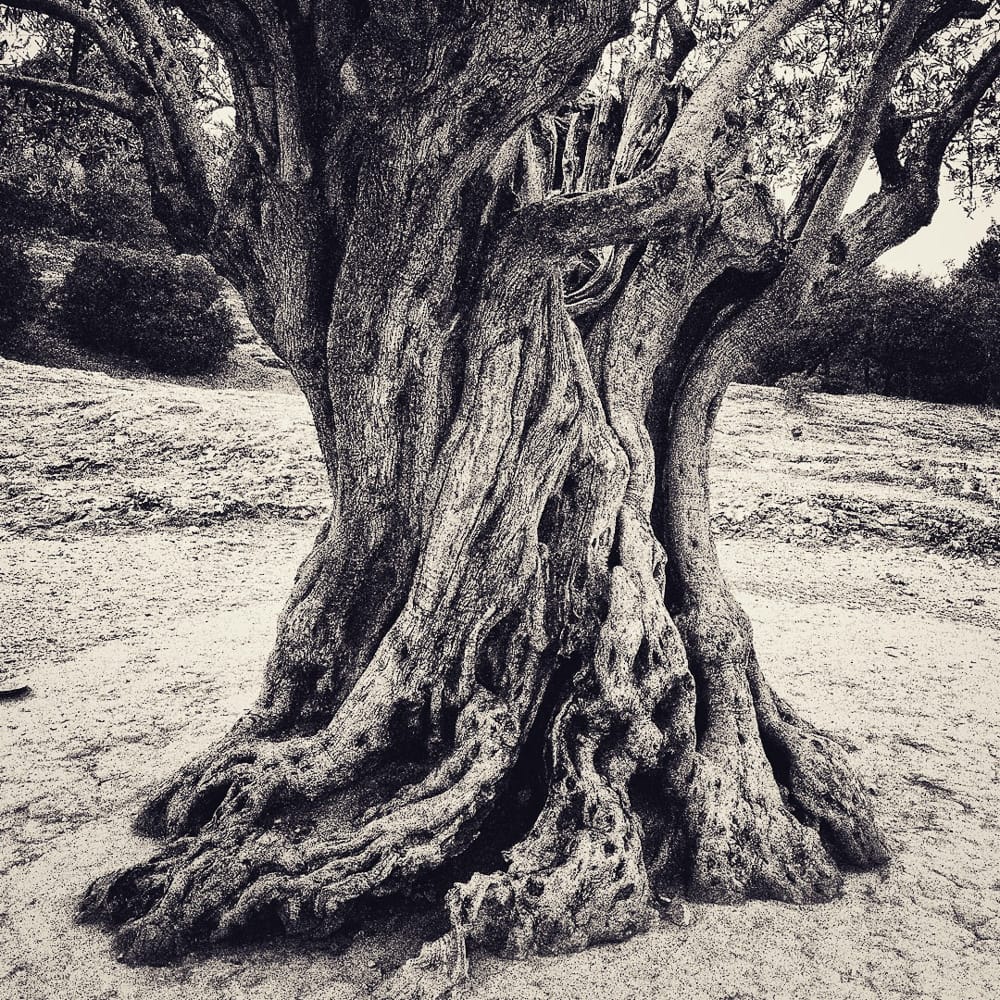In October 2016, as part of a family tour around Provence in France, I visited Pont du Gard, the highest Roman aqueduct in Europe. The aqueduct and its size were impressive enough, but it was a little exhibition at the entrance, about World Heritage sites, that struck me and left me overawed.
On reading about World Heritage sites, I realised that every culture of every nation, tribe and community, is a part of human heritage. It makes us what we are as humans. It is in our DNA, and in our collective consciousness. It should be guarded like treasure.
Yet, the recent history of the country I was born in, Malaysia, has been one of governments and societies turning their backs to their heritage, in order to embrace what they thought represented progress. Street signs were changed, old buildings torn down, indigenous lifestyles wiped out, and history literally rewritten by so-called academics who should have known better.
Why do people despise their cultural heritage and denigrate it to the point of destroying it—and destroying their very foundations? What do their young population have left but a superficial substitute based on commercial fashion of the day? Are they left with a sense of identity based on dyeing their hair blonde, affecting an American accent, and owning the latest mobile device?
By denying its past the emerging south east Asian society became largely an imitative culture, a superficial homage to mass media western art, music, film and design. To me, much of Malaysian art aspired to “style” at the cost of emotional substance. It lacked the self-confidence to challenge the politics and the injustices, to express the anger and the pain, or to pay tribute to the beautiful environment or the soul of the people.
Art became a consumer activity, and the artist, a “dedicated follower of fashion.”
What had happened to our heritage—a human heritage?
My thoughts at Pont du Gard left me with a sense of being a custodian, by virtue of my age, of a culture I had experienced as a child and young person growing up in Malaysia. So much had changed over the ears, so much had been lost, so much cultural value that the young people are not even aware of. That experience of a fresh, hopeful, post-colonial nation in the 60s and 70s was something I could somehow document for posterity—for when the young decided it was time to explore their own historical culture.

At the same time I had an epiphany of a more personal nature. In my travels around France, I had come across so many brilliant artists and creative people. What was it about them that made them so “brilliant,” that excited and inspired the world? Was it a special talent? Did they grow up in a particular place that engendered artistic genius? What did they know that I didn’t, what did they have that I wasn’t born with, or hadn’t found?
Was it more a matter of self-confidence, I mused, the courage to express oneself totally in disregard of prevailing fashion or style? Were these people creatively brilliant, not because they were crazy geniuses, but because they were somehow exposing themselves, their very being?
Were they brilliant because they were willing, or driven, to be different—to be themselves?
This thought shattered my impoverished ideas about myself as an artist. I realised that I could be an artist, not by some hitherto unnattainable talent, but by willing to be vulnerable, and by doing the work—the work of making art.
I am an artist because I do creative work. I do that work for myself, and also to share myself with others. If I am triggered to photograph something because it moves me, it could move someone else, and that is satisfying.
I AM an artist. I don’t need anyone’s permission or approval to be so. All my past rejection, disapproval, embrassement, shame, amount to nothing. They no longer determine my status as an artist. They no longer determine how “good” I am as an artist.
Standing there, gazing at the 2000-year-old structure that had carried water 50 metres above the languid Gardon River, I felt free.
